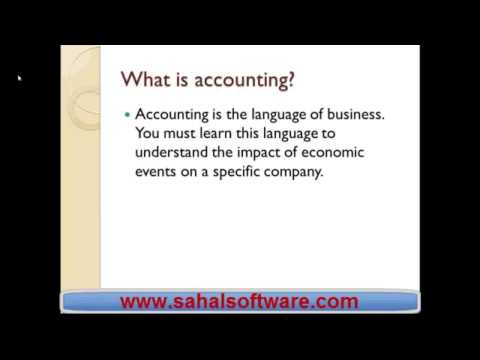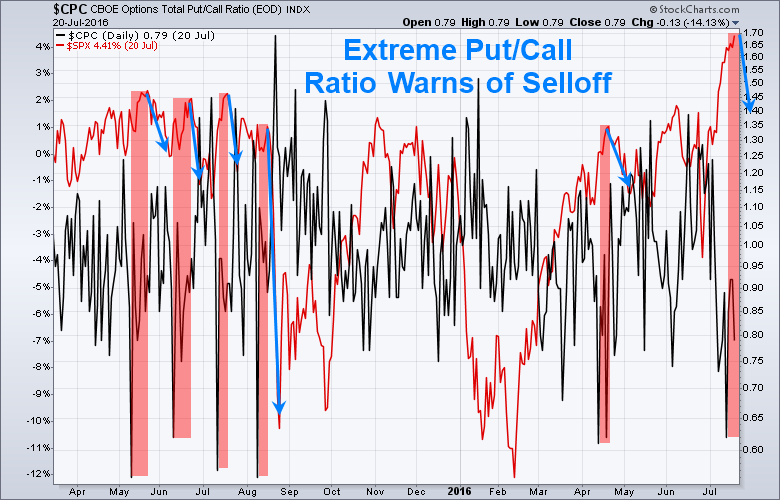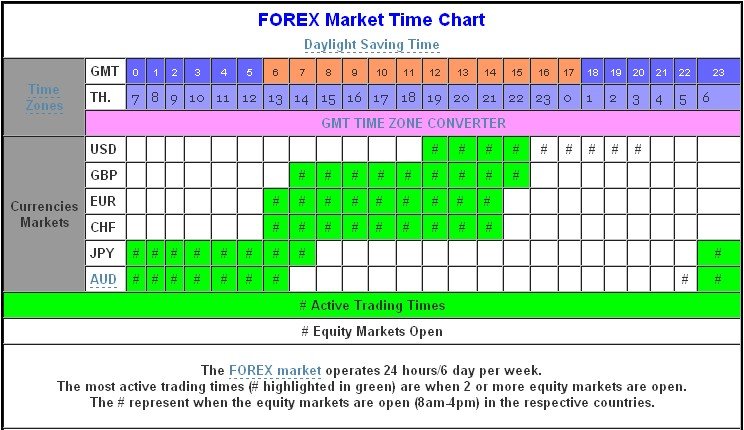

Analysts also measure the quick ratio, which indicates the ability of a company to pay its current liabilities. The quick ratio includes only those current assets which can be immediately converted into cash. The quick ratiois the same formula as the current ratio, except that it subtracts the value of total inventories beforehand.
Current liabilities can be found on the right side of a balance sheet, across from the assets. In most cases, you will see a list of types of current liabilities and the amount owed in each category. Then, you’ll see a total figure that shows all of the current liabilities. Therefore, cash on the asset side and unearned revenue on the liability side of the balance sheet increase by the same amount on account of advance payment.
Current assets are realized in cash or consumed during the accounting period. Current liabilities are credited in the books of accounts with the appropriate expense or asset account being debited. For example, assume Company X has an outstanding rent due after three months.

Current liabilities are one of the major areas of the cash outflow for any business and it should be managed efficiently to keep your cash flow in control. While this is true but based on the nature of liabilities, some of them need to be paid in a shorter time and while some will stay for long time as liabilities. Basis this nature, the liabilities can be classified as ‘Current Liabilities’ and ‘Non-current Liabilities’.
How Do I Know If Something Is a Liability?
The current ratio measures a company’s ability to pay its short-term financial debts or obligations. There is a particular order of listing liabilities in a company’s balance sheet. Mainly, there are two categories of current liabilities and non-current liabilities. Bonds, mortgages and loans that are payable over a term exceeding one year would be fixed liabilities or long-term liabilities. However, the payments due on the long-term loans in the current fiscal year could be considered current liabilities if the amounts were material. Therefore, late payments from a previous fiscal year will carry over into the same position on the balance sheet as current liabilities which are not late in payment.
- The income tax due to be paid to the government authorities becomes due at the end of the accounting year but is often paid after the end of the accounting year.
- The cycle also generates current assets, including trade receivables and cash in hand, among others.
- Owner’s equity represents the amount of the company that is owned by its shareholders, and is calculated as the difference between the company’s total assets and its total liabilities.
- Companies might try to lengthen the terms or the time required to pay off the payables to their suppliers as a way to boost their cash flow in the short term.
Current assets are short-term assets either in form of cash or a cash equivalent which can be liquidated within 12 months or within an accounting period. If current assets exceed current liabilities, then the company has enough current assets to pay off its current liabilities. Having an optimal amount of current assets on hand to cover current liabilities is essential to having a healthy cash flow. Current liabilities are different from long-term liabilities, which refer to debts or obligations that are due in more than a year. Unearned RevenueUnearned revenue is the advance payment received by the firm for goods or services that have yet to be delivered.
Liabilities are settled over time through the transfer of economic benefits including money, goods, or services. The accrued payroll means the money that you owe to those employees because they work for you. Apart from wages and salaries, the accrued payroll also includes the bonuses that your employees are yet to receive. The following are the examples of current liabilities which needs to be paid in short-term, usually within 1 year. To simplify, it is the amount of money that a business must pay in future.
Adding the short-term and long-term liabilities together helps you find everything that is owed. Provided such assets have not been clearly represented as current assets. For example, as happens in many countries, taxes are levied on citizens and/or companies, and a firm may be required to collect tax on behalf of the taxing agency. Recognition of accrued liabilities requires periodic adjusting entries.
For example, an organisation may have a 2-month term to pay dues of its suppliers, but the company provides one month for its customers to clear their finances. Consumer deposits show the amount that clients have deposited in a bank. That’s because, theoretically, all of the account holders could withdraw all of their funds at the same time. Depending on the company, you will see various other current liabilities listed. In some cases, they will be lumped together under the title “other current liabilities.” Unless the company operates in a business in which inventory can be rapidly turned into cash, that may be a sign of financial weakness.
How Liabilities Work
The Structured Query Language comprises several different data types that allow it to store different types of information… INVESTMENT BANKING RESOURCESLearn the foundation of Investment banking, financial modeling, valuations and more. This excess capital blocked up in the assets has an opportunity cost for the firm since it can be invested in other areas for generating higher profits instead of staying idle within working capital.
This long term debt may include bonds, mortgage notes and other long term debts. The balance amount remaining, after considering the current portion of long term debt, is reported as long term debt in the balance sheet. High levels of current liabilities can negatively impact a company’s profitability due to high-interest payments on debts or other obligations. Companies should strive to keep their total amount of current liabilities as low as possible in order to remain profitable.
Current Assets Vs Current Liabilities
You can learn more about the standards we follow in producing accurate, unbiased content in oureditorial policy. The page has relevant information on the topic and is a comprehensive guide for all students who need to brush up on the basics before an exam. Everything provided is totally free of cost so that the students do not hesitate before reading from the page. They are simply the amount of money that is to be paid to the manufacturers. These interests constitute the total amount of interest that needs to be paid by a borrower.
Dividends Payable or Dividends Declared
The current portion of loans expected to be paid within 12 months from the reporting date is classified as current liabilities. A balance sheet will list all the types of short-term liabilities a business owes. Unearned revenues are also known as unearned income, deferred revenue or deferred income.
Investors want to know a company’s liquidity and analyse whether they should invest in the company or not. The initial entry to record a current liability is a credit to the most applicable current liability account and a debit to an expense or asset account. For example, the receipt of a supplier invoice for office supplies will generate a credit to the accounts payable account and a debit to the office supplies expense account. Or, the receipt of a supplier invoice for a computer will generate a credit to the accounts payable account and a debit to the computer hardware asset account.
This value is nothing but the face value of note at maturity less the interest charged by the lender for such a note. That is to say that the bank charges a fee in advance rather than charging the same on the date on which such a note matures. Included in this category are accounts such as Accounts Payable, Trade Notes Payable, Current Maturities of Long-term Debt, Interest Payable, and Dividends Payable.
For example, many businesses take out liability insurance in case a customer or employee sues them for negligence. Liabilities refer to things that you owe or have borrowed; assets are things that you own or are owed. Such retailers also maintain a minimal inventory through efficient supply chain management.
Restrictions On The CashRestricted cash is the portion of cash that has been set aside for a specific purpose. It is usually held in a special account so it remains separate from the rest of a business’ cash and equivalents. For example, salaries that the employees have earned but not been paid are reported as accrued salaries.